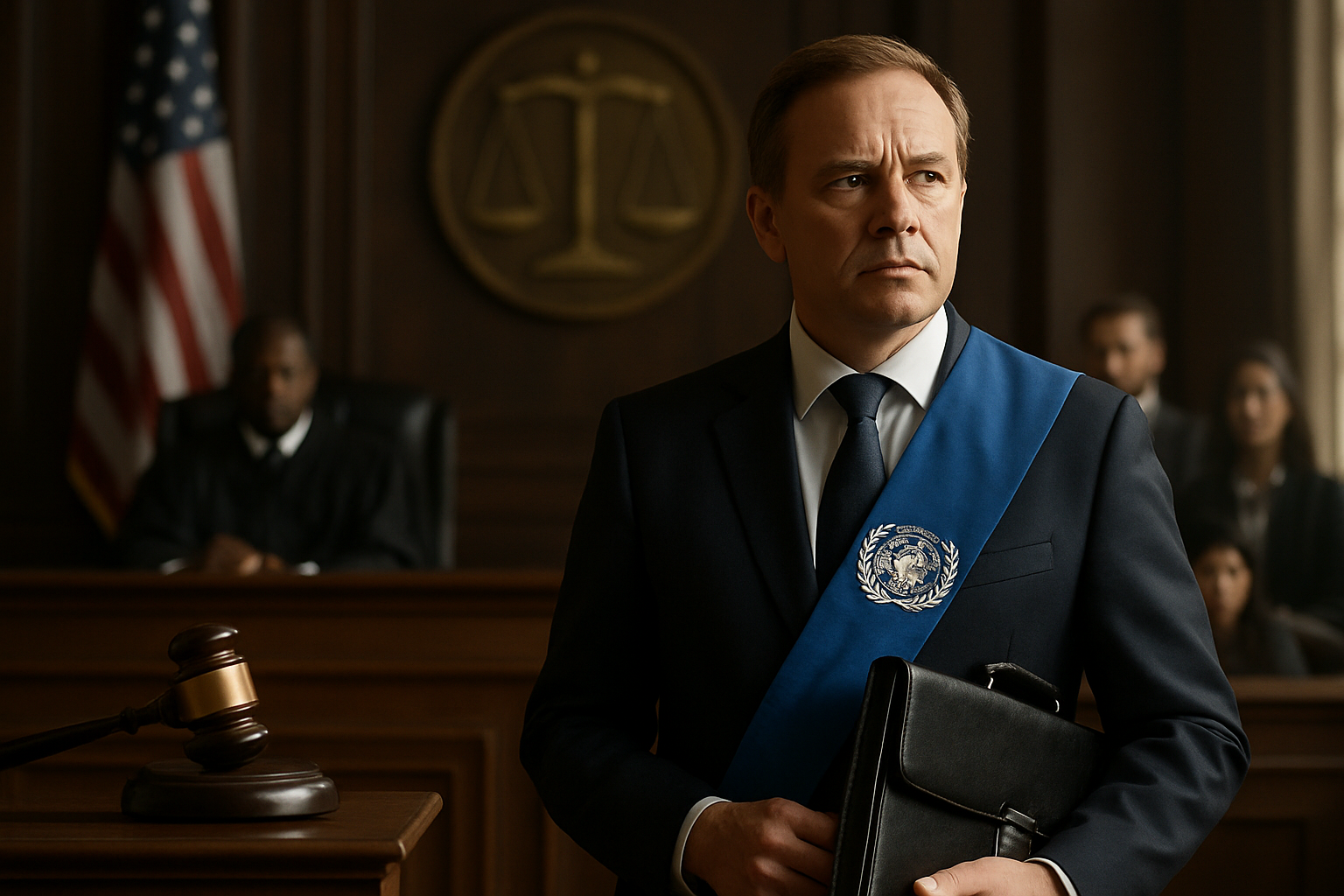The Doctrine of Qualified Immunity: Legal Shield or Injustice?
Introduction: In the realm of civil rights litigation, the doctrine of qualified immunity stands as a controversial legal principle. This article delves into its origins, evolution, and current debates, exploring how it impacts accountability and justice in cases involving public officials.

Historical Context and Legal Foundation
The concept of qualified immunity emerged from the Supreme Court’s interpretation of 42 U.S.C. § 1983, a statute that allows individuals to sue state officials for civil rights violations. In the 1967 case of Pierson v. Ray, the Court first articulated a form of qualified immunity for police officers acting in good faith. This doctrine was further refined in subsequent cases, notably Harlow v. Fitzgerald in 1982, which established the modern standard for qualified immunity.
The Two-Pronged Test
Under current jurisprudence, courts apply a two-pronged test to determine if qualified immunity applies. First, they consider whether the facts alleged by the plaintiff show a violation of a constitutional right. Second, they assess whether that right was clearly established at the time of the incident. This second prong often proves to be the most contentious, as it requires plaintiffs to identify a closely analogous case where an official was held liable for similar conduct.
Impact on Civil Rights Litigation
The qualified immunity doctrine has had a profound impact on civil rights litigation. Proponents argue that it protects government officials from frivolous lawsuits and allows them to perform their duties without fear of personal liability. Critics, however, contend that it creates an almost insurmountable hurdle for plaintiffs, effectively immunizing officials from accountability even in cases of egregious misconduct.
Recent Challenges and Debates
In recent years, qualified immunity has faced increasing criticism from across the political spectrum. Several Supreme Court justices, including Clarence Thomas and Sonia Sotomayor, have expressed skepticism about the doctrine’s legal foundation and practical effects. Civil rights organizations and legal scholars have called for its abolition or significant reform, arguing that it undermines the very purpose of civil rights laws.
Legislative and Judicial Reform Efforts
In response to growing concerns, several states have taken steps to limit or abolish qualified immunity at the state level. At the federal level, various reform proposals have been introduced in Congress, though none have yet succeeded. Meanwhile, some lower courts have begun to push back against expansive interpretations of qualified immunity, creating potential avenues for future Supreme Court review.
The Future of Qualified Immunity
As debates over police accountability and civil rights continue to dominate public discourse, the future of qualified immunity remains uncertain. Proponents argue for its necessity in protecting public officials, while critics call for its abolition or substantial reform. The resolution of this debate will likely have far-reaching implications for civil rights enforcement, government accountability, and the balance between individual rights and effective governance in the United States.
In conclusion, the doctrine of qualified immunity stands at a crossroads. Its evolution and potential reform represent a critical juncture in American civil rights law, with significant implications for how society balances the need for effective governance with the protection of individual rights. As courts, legislatures, and the public grapple with these complex issues, the debate over qualified immunity is likely to remain at the forefront of legal and political discourse for years to come.





